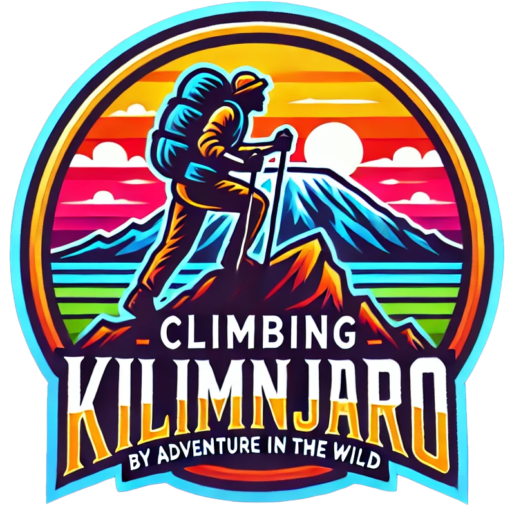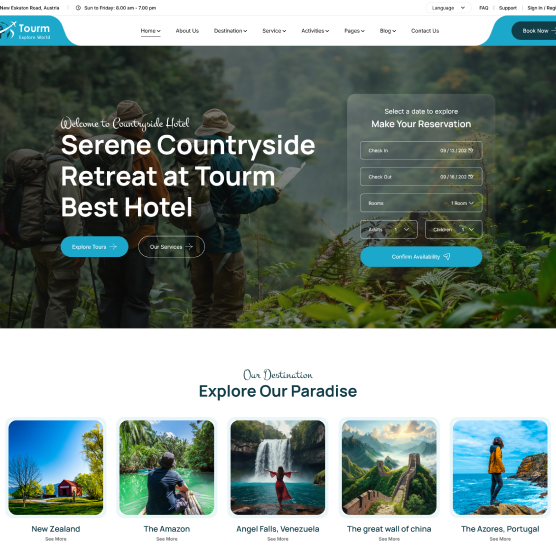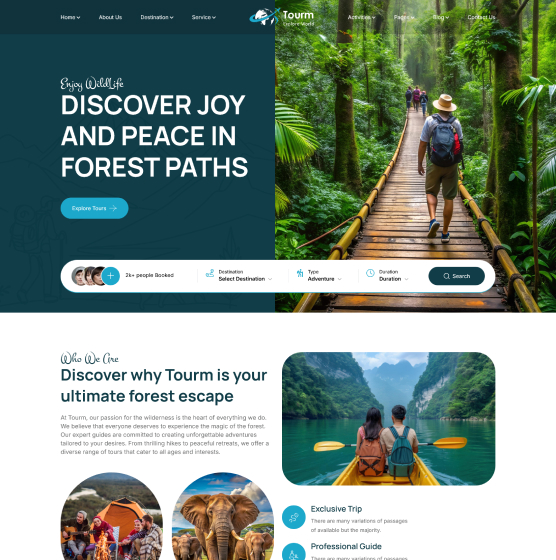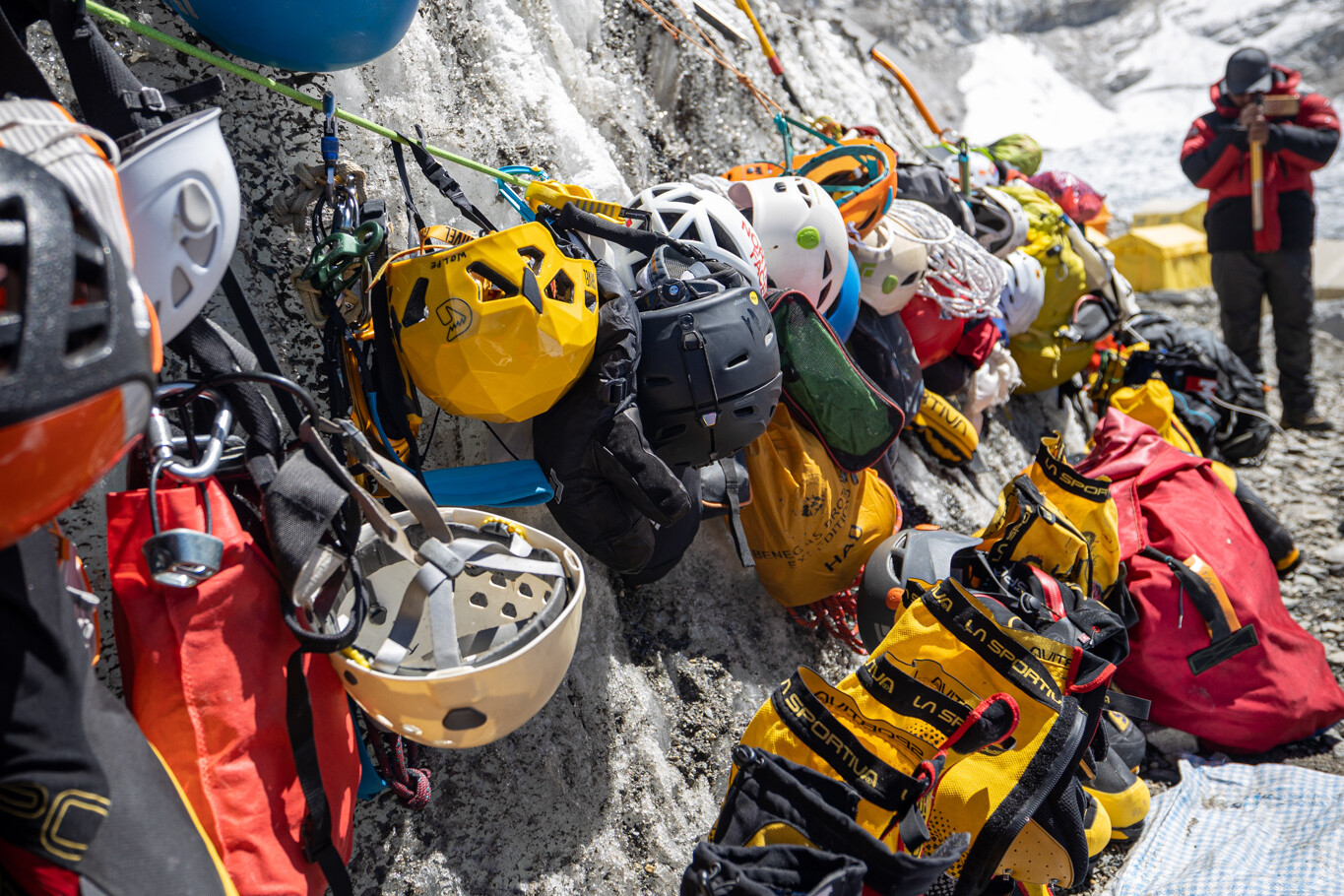The 7 Most Important Items on the Kilimanjaro Gear List
Among all the essentials on the Kilimanjaro gear list, a few stand out as absolutely critical for your safety, comfort, and success on the mountain.
In this article, we break down the 7 most important items on the Kilimanjaro gear list. When choosing these items, it’s crucial to select ones that are reliable and up to the challenge.
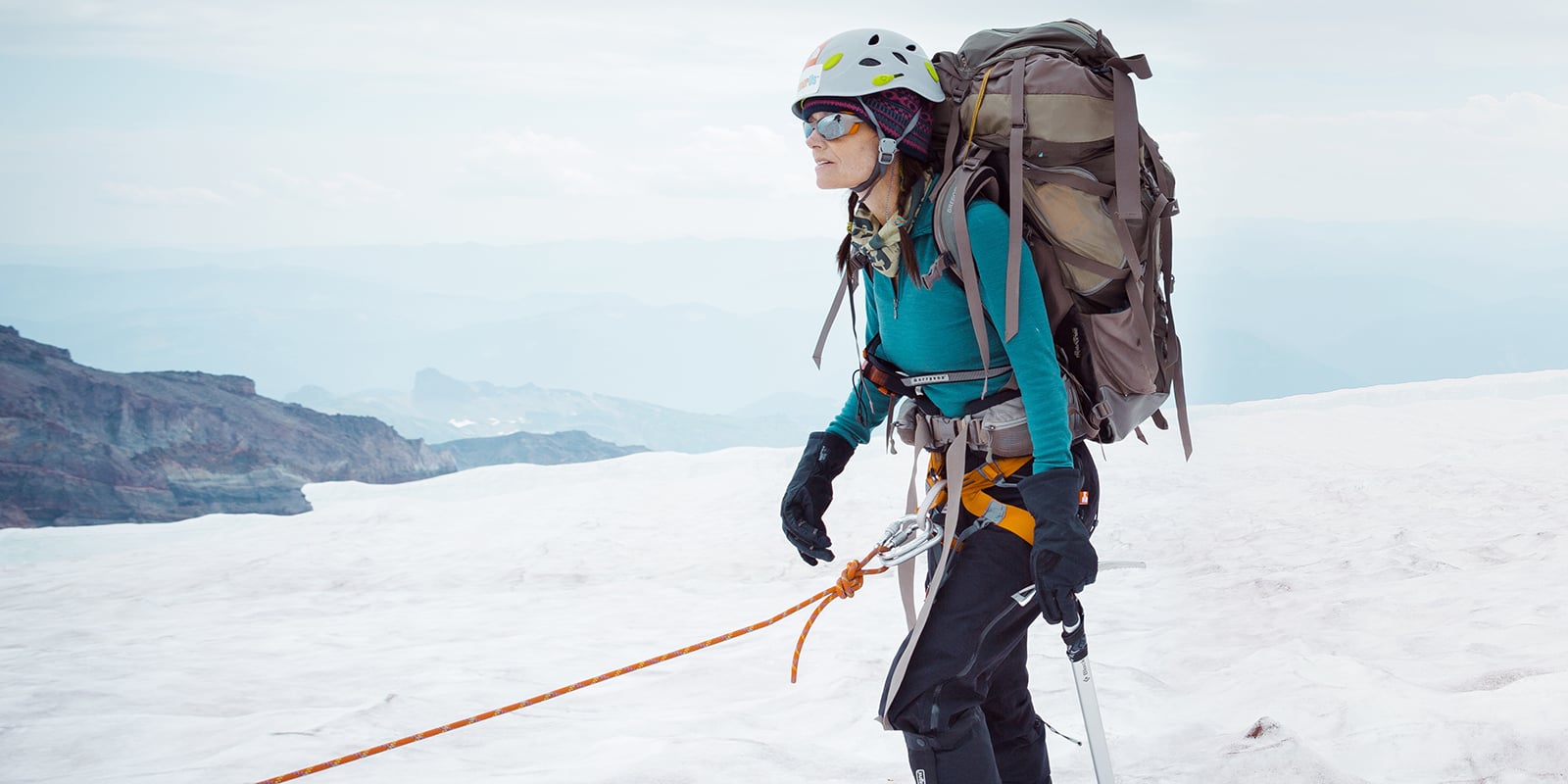
-
Passport
First and foremost, your passport is the single most important item you need.
Without your passport, you can’t even enter Tanzania, let alone climb Mount Kilimanjaro. Even if you showed up without any of your other gear — no boots, no sleeping bag, no jacket — you could still manage by renting equipment locally. (While not ideal, local rentals are available for nearly all the necessary gear.)
But without a passport, your journey ends at immigration.
So, before you even start thinking about packing your backpack, triple-check that you have a valid passport (with at least six months before expiration) and the required visa to enter Tanzania.
-
Insulated Jacket
Staying warm is crucial to surviving and thriving on Kilimanjaro.
Temperatures at night can plummet drastically, even at the lower camps. During the summit push — usually beginning around midnight — you will likely face temperatures between 0°F and 20°F (-18°C to -7°C) and sometimes even colder— especially with biting mountain winds.
Your best defense against these brutal conditions is a high-quality insulated down jacket. This isn’t the place for a lightweight “down sweater”—you’ll” need a heavy-duty jacket with;
- High fill power (800+ is ideal)
- Sufficient fill weight to trap warmth
- A hood for maximum protection
Some climbers, despite being physically fit, have had to turn back simply because they couldn’t withstand the cold. Don’t let that be you. Invest in the warmest jacket you can reasonably bring.
[Learn more about choosing the best Kilimanjaro down jacket.]
-
Waterproof Jacket
Rainfall on Kilimanjaro is unpredictable and can occur suddenly.
A waterproof jacket isn’t just about staying comfortable; it’s about staying safe. Wet clothing accelerates heat loss and can lead to hypothermia even in moderately cool conditions.
Your rain jacket must be:
- Fully waterproof, to block rain entirely
- Breathable, to allow sweat vapor to escape and prevent overheating
- Durable, capable of withstanding rugged use
Beware of rubberized or cheap rain gear, which often traps sweat inside and leaves you just as wet as if you hadn’t worn it.
When you protect yourself from the elements, you’re protecting your ability to continue climbing. Proper rain gear is a non-negotiable part of your kit.
-
Hiking Boots or Shoes
Your Kilimanjaro experience can be significantly impacted by your choice of footwear.
You’ll be taking tens of thousands of steps over rocky, uneven, and steep terrain. Ill-fitting boots can quickly lead to painful blisters and injuries and even force you to abandon your climb.
Whether you choose sturdy hiking boots or lighter trail shoes is a matter of preference. However, it’s absolutely vital that;
- Your footwear is well broken-in
- You have tested them on long hikes in similar conditions
- They provide adequate support and traction
Buying boots last-minute is a recipe for disaster. Instead, wear them for weeks or months in advance to make sure they’re perfectly suited to your feet and trekking style.
[Check out our top picks for Kilimanjaro hiking boots and trail shoes.]
-
Sleeping Bag
Sleep is crucial for recovery and acclimatization on the mountain.
At high altitudes, your body needs rest to adapt to lower oxygen levels. A high-quality sleeping bag ensures that you stay warm throughout the night and wake up refreshed for the next day’s climb.
A cold night can make sleeping impossible and sap your strength.
We strongly recommend:
- A bag rated to 0°F (-18°C) or lower
- Better yet, bags rated to -30°F (-34°C) for added security
- Avoid any bag rated above 20°F (-7°C)
While we do offer -30°F rental sleeping bags, it’s often best to bring your own if you have one, ensuring the best fit and hygiene.
[Learn more about Kilimanjaro sleeping bags.]
-
Backpack
Even though porters carry the majority of your heavy gear, you will need a daypack for the essentials you’ll use during your hikes each day.
Your backpack must:
- Fit your torso correctly (not just your height)
- Be comfortable for long periods of hiking
- Allow for proper weight distribution with an adjustable hip belt, load lifters, and sternum strap
- Be large enough (typically 30-40 liters capacity) to carry water, snacks, clothing layers, and personal gear
Getting properly fitted at an outdoor store is highly recommended if you’re unfamiliar with technical hiking backpacks.
Your daypack will be your constant companion — make sure it’s a good one.
[See our recommendations for Kilimanjaro backpacks.]
-
Knit Hat
While you might not lose half your body heat through your head (as the old myth claimed), your head still loses a significant amount — roughly 10% of your body heat.
And when temperatures drop, every bit of protection matters.
A warm, knit hat is essential for:
- Keeping your body heat in
- Shielding your ears from cold winds
- Helping you stay comfortable during both day hikes and cold nights
Look for a hat made of wool or synthetic materials rather than cotton, as these materials retain heat even if they get damp.
[See our article about the best Kilimanjaro hats.]
Final Thoughts
When you’re packing for your Kilimanjaro adventure, every item matters — but these 7 essentials are the most critical for ensuring a safe, comfortable, and successful climb.
Choosing the right gear can be the difference between an enjoyable challenge and an unbearable ordeal. So select carefully, test your equipment beforehand, and prioritize your comfort and safety above all else.
The mountain will test you — but with the right preparation, you’ll be ready.
